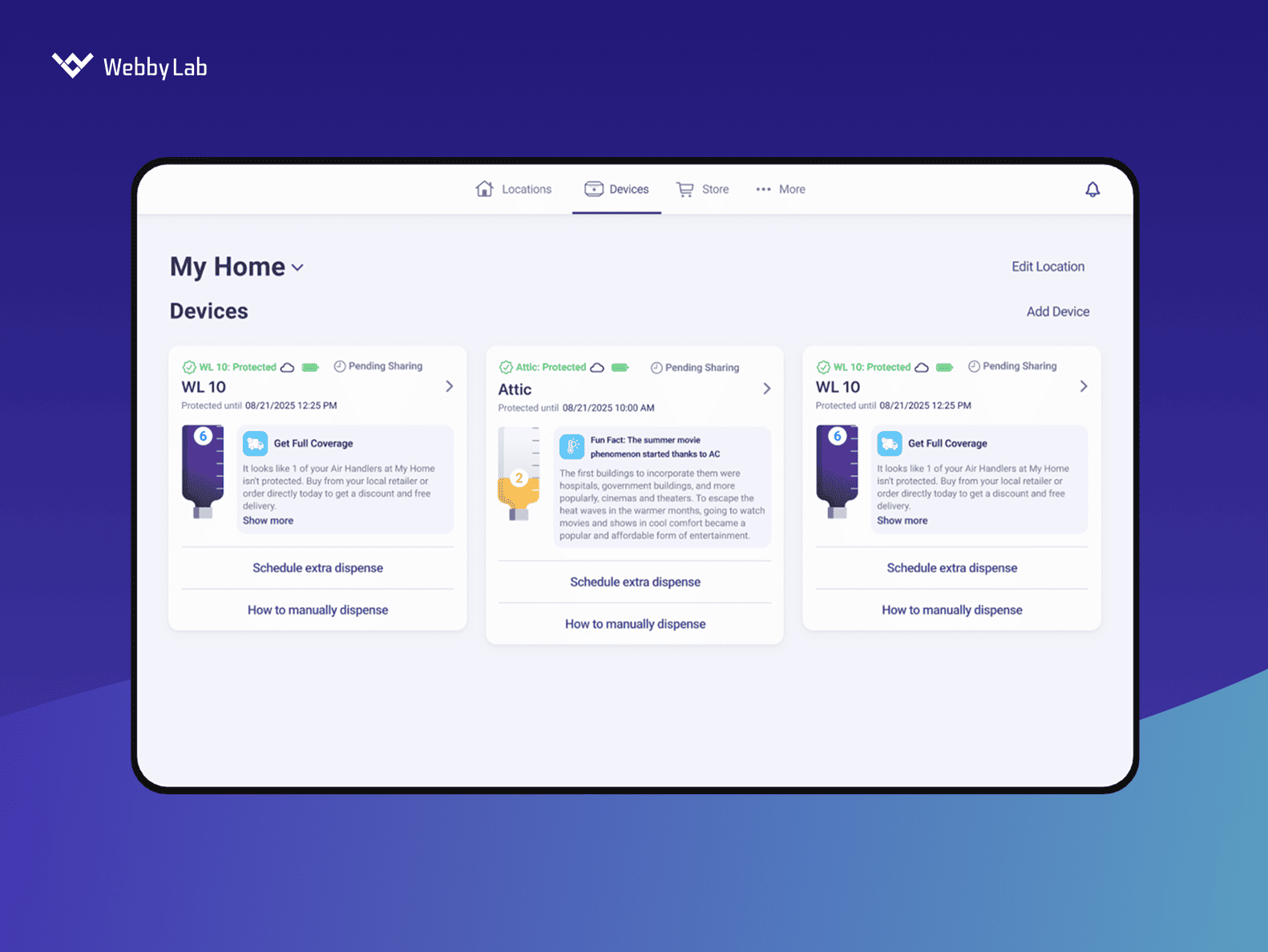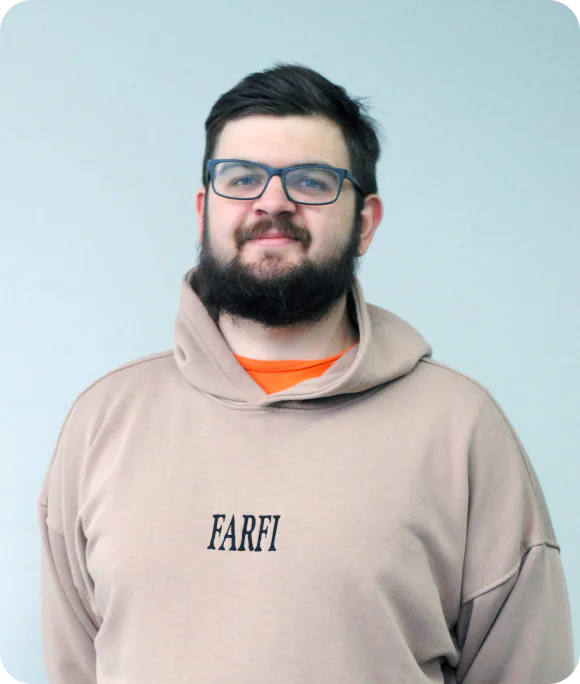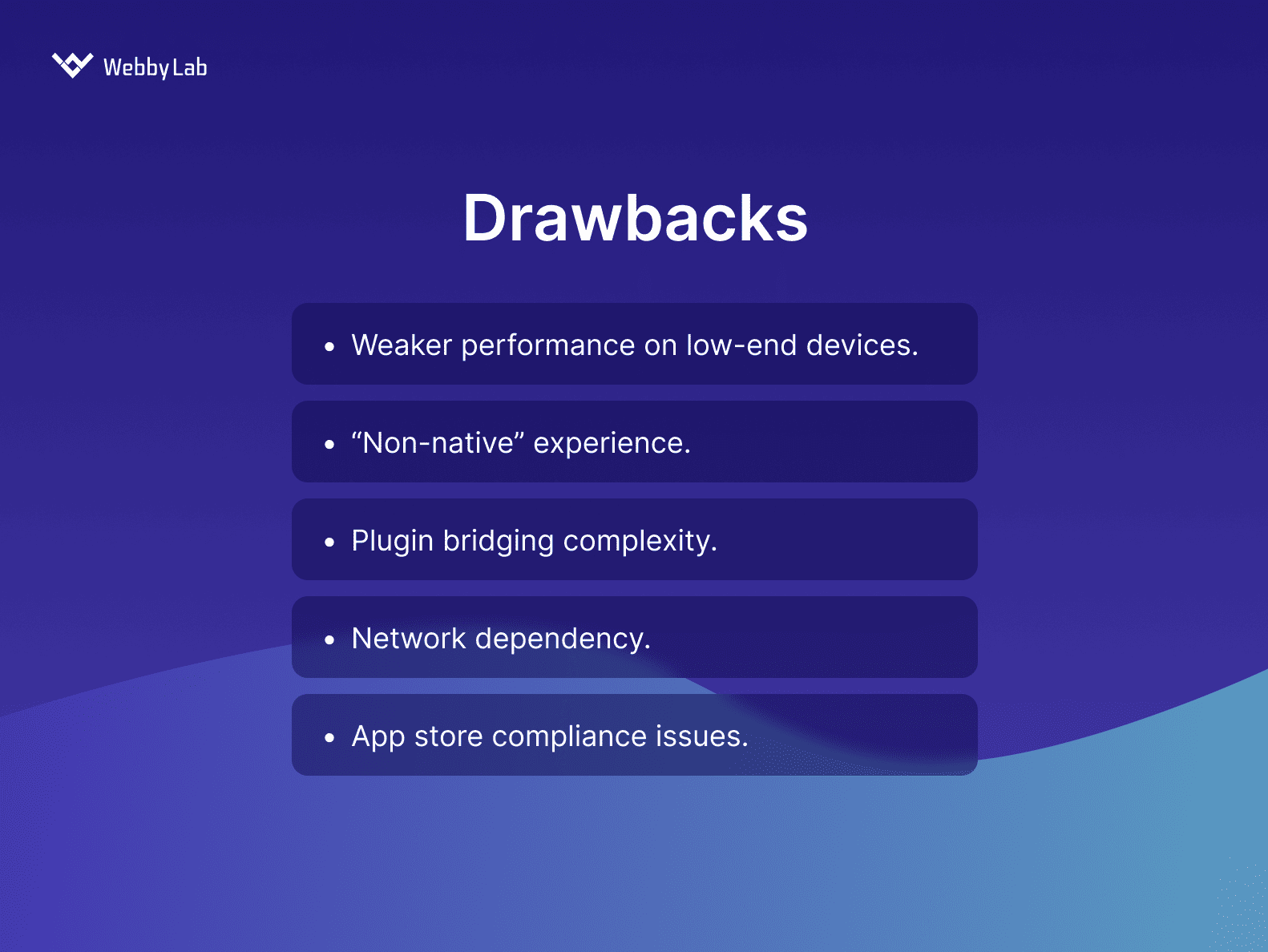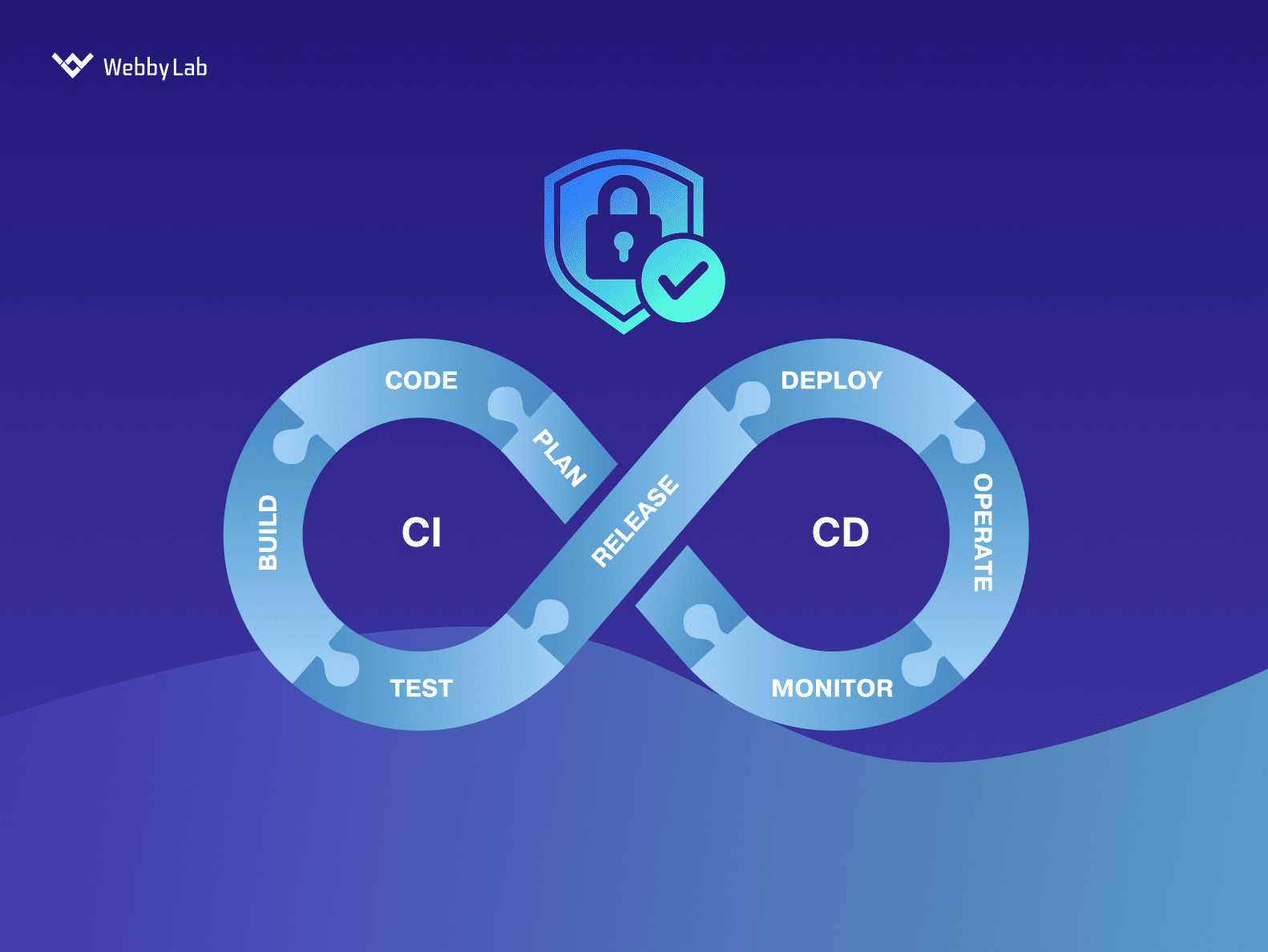What Are the Pros and Cons of Web‑View Hybrid IoT Apps?
Written by:

Kostiantyn Oliynyk
Head of IoT at Webbylab
With a robust academic background in Telecommunication Systems Engineering, I apply my knowledge to lead innovations in the IoT domain. Starting as the first team member in the newly formed IoT department at WebbyLab, I've spearheaded its growth, fostering the expansion into embedded and hardware development alongside our core software projects. My dedication lies in pushing the boundaries of IoT technology, fostering a culture of innovation and excellence that profoundly impacts our clients' operational success.
A Web‑View hybrid IoT app uses a lightweight native shell, say React Native, to wrap around a web-based interface. It lets you build once and run across platforms — that’s the flexibility of Web‑View technology in IoT development.
Not much! Most of the logic and UI live in the web layer, namely, the Web‑View for IoT applications. Native code mainly works for device-specific features like BLE or Wi-Fi provisioning.
Yes, with a little effort. When building a Web‑View hybrid IoT app, you can add offline support through Service Workers and caching mechanisms.
With React Native + WebView, your IoT MVP timeline shortens dramatically. A hybrid app for PoC or MVP can go live in just 3 to 4 months, thanks to a shared codebase, fast UI updates, and no need to rebuild for every platform.












